Car rims play an important role in the aesthetics as well as performance of a car, providing support for tires while it also helps in contributing to its overall style. In this guide, we will explore what are the different types of car rims, including their alloy rims as well as steel rims, forged rims, and chrome rims and for each specific type, we will delve into their pros and cons, working principles, construction methods, and their applications, offering insights to help drivers to understand and choose the most suitable rims for their cars.
What is a Car Rim?
The car rim isn’t the entire wheel, but it’s the most noticeable and observable part and it is the outer ring, like a metal halo, which holds up the tire in place. Imagine the rim as the base of a cup that the tire fits onto and rims are typically U-shaped to grip the tire securely, and they are most often made from steel for strength or aluminium for a lighter weight while often used interchangeably, the rim is just one piece of the whole wheel assembly.
Car Rim names list
Based on materials
- Steel
- Aluminium alloy
- Carbon fibre
Based on construction
- One piece
- Two piece
- Three piece
- Splits rims
- Beadlock rims
- Chrome rims
All Different types of Car Rims
| Feature | Description | Advantages |
| Material | ||
| Steel | Most common and affordable option. Strong and durable. | Lower cost
Widely available |
| Aluminium Alloy | Lighter weight improves fuel efficiency and handling. More stylish options available. | Lighter weight
Improves handling Wider variety of designs |
| Carbon Fibre | Incredibly lightweight and strong, offering superior performance gains. | Lightest weight possible Excellent strength-to-weight ratio |
| Construction | ||
| One-Piece | Rim and spoke are a single unit. Strong and durable. | Strong and durable
Simpler design |
| Two-Piece | Rim is separate from the spoke for more design flexibility. Often used for high-performance wheels. | Lighter weight
Wider variety of designs Allows for repairs to individual components |
| Three-Piece | Rim barrel, centre disc, and spoke are separate pieces. Offers the most customization options. Used for high-end performance wheels. | Widest variety of designs Allows for ultimate customization
Lightest weight possible |
| Split Rims | Primarily used on heavy-duty vehicles. Two or three parts allow for easier repairs on large tires. | Easier repairs on large tires |
| Beadlock Rims | Designed for off-road vehicles to improve grip and prevent tire blowouts. Uses a locking ring for tighter tire fit. | Improved grip off-road Prevents tire blowouts |
| Chrome Rims | Steel rim with a chrome finish for a bright, reflective appearance. | Stylish appearance |
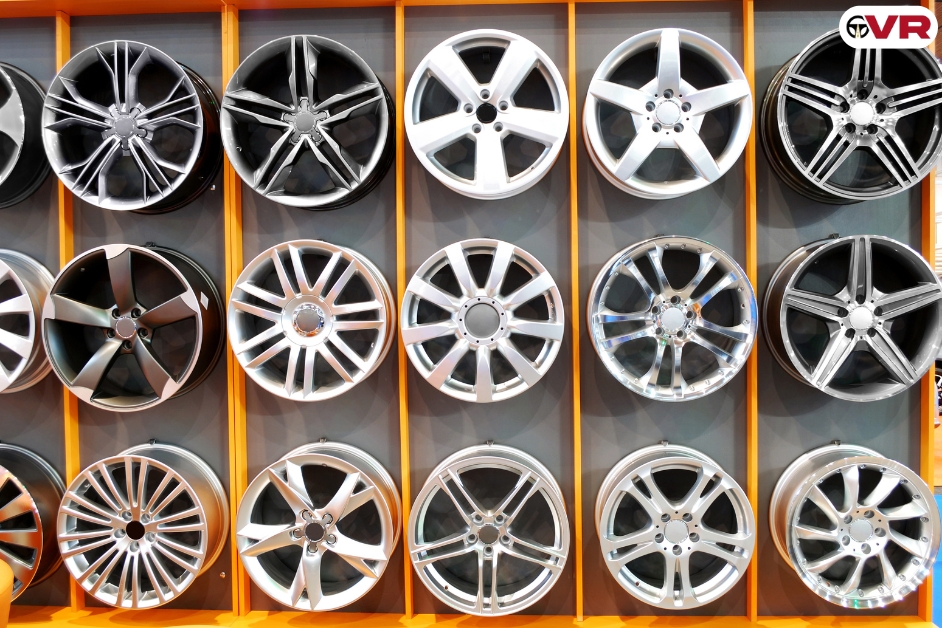
Unveiling the Rim: A Tour of Different Car Rim Types
Car rims are available in a variety of styles to suit a range of requirements and tastes. The main kinds are broken down here with advantages and disadvantages highlighted:
Material
Steel:
It is the most popular and economical choice and steel rims are a dependable option for daily driving since they are robust and long-lasting but because they weigh more, their fuel economy may be somewhat reduced. In addition, there are usually less design alternatives available for steel rims than for other materials.
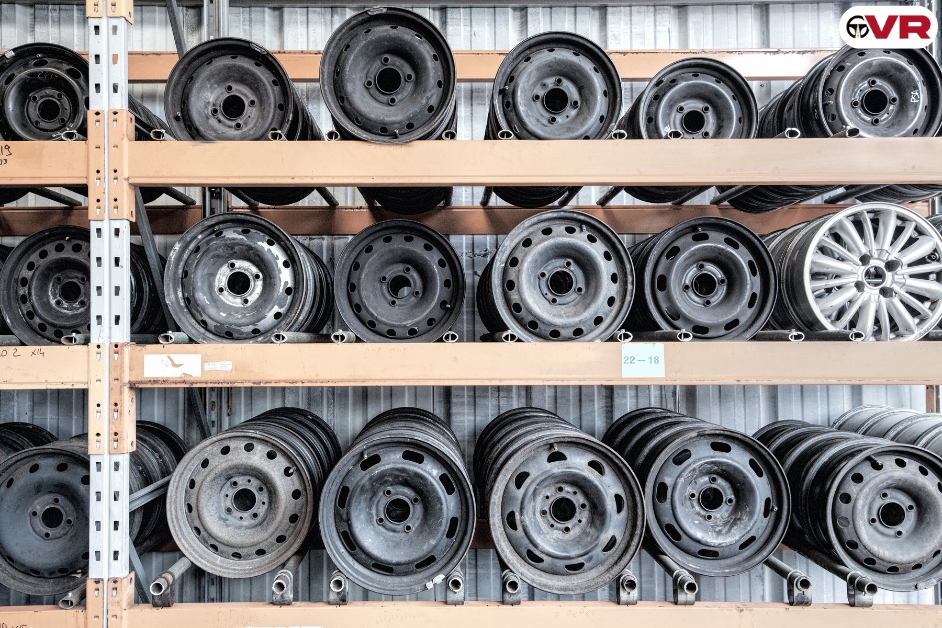
Aluminium Alloy:
It is a well-liked option because of its harmony of design and weight as aluminium rims are lighter than steel rims, handling and fuel efficiency are enhanced. Additionally, they provide a greater range of patterns, enabling a more personalised appearance. The drawbacks of aluminium rims are that they might be more prone to bending or splitting upon impact and are often more costly than steel rims.
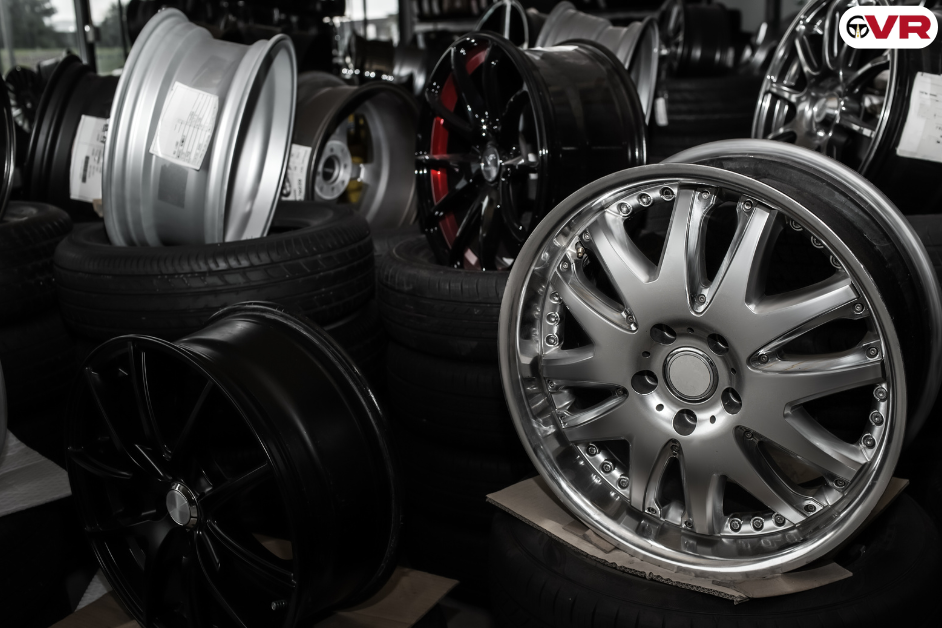
Carbon Fibre:
The most valuable for the performance for lightweights and rims made of carbon fibre are extraordinarily light and robust, which greatly improves handling and acceleration. But because they are more prone to damage, they are more expensive and need extra attention.
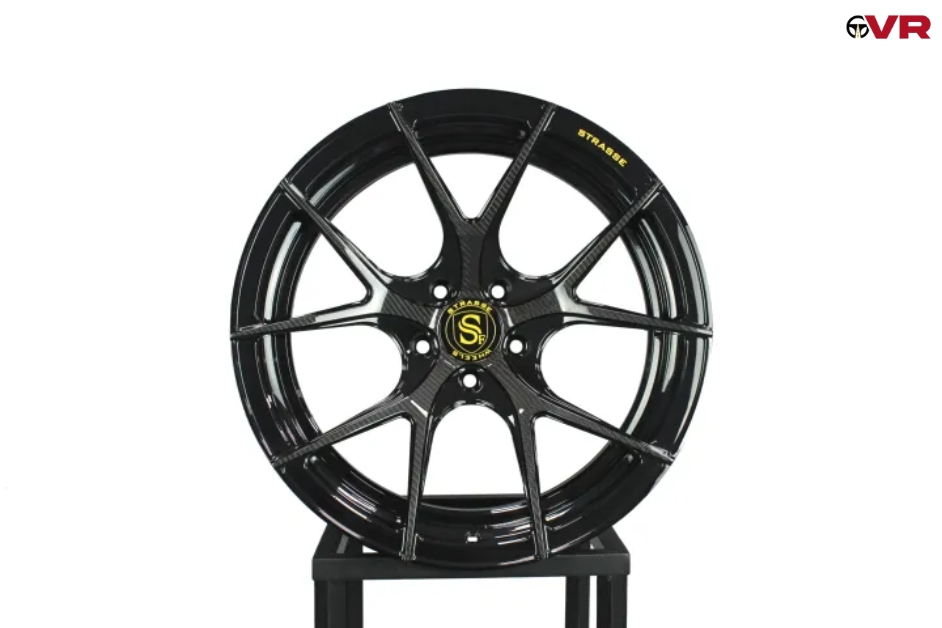
Construction
One-Piece:
The most straightforward and robust design and it is used for daily driving, one-piece rims are sturdy and dependable and the fact that the spoke and rim are one-piece limits the design possibilities and adds to their higher weight.
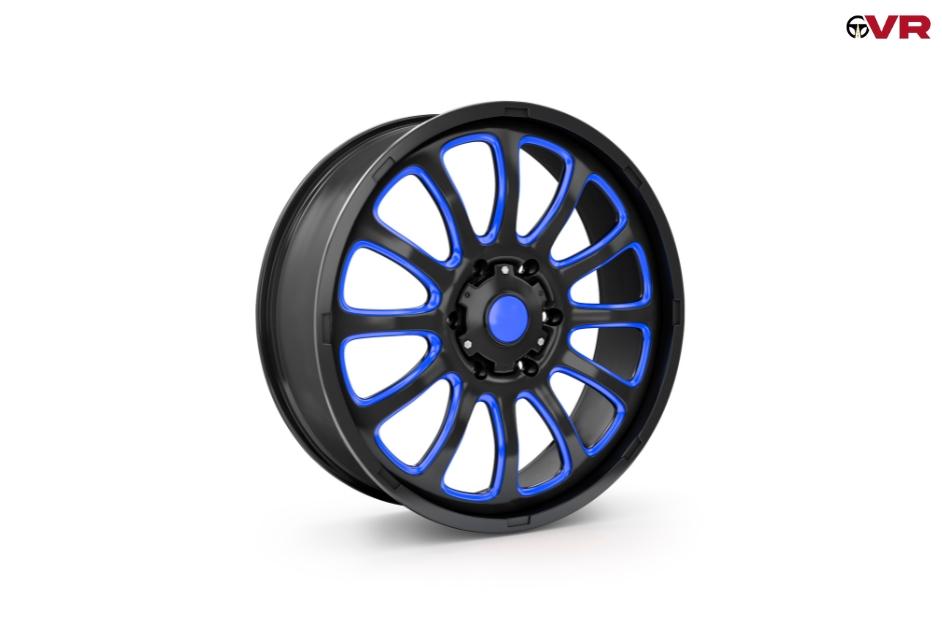
Two-Piece:
It gives a good mix of weight, design, and repairability and two-piece rims can be lighter and offer greater design flexibility because they feature a separate spoke and rim component. If any of the components are broken, they can also be fixed by replacing them separately. But because the manufacturing process is more involved, they are typically more expensive than one-piece rims.
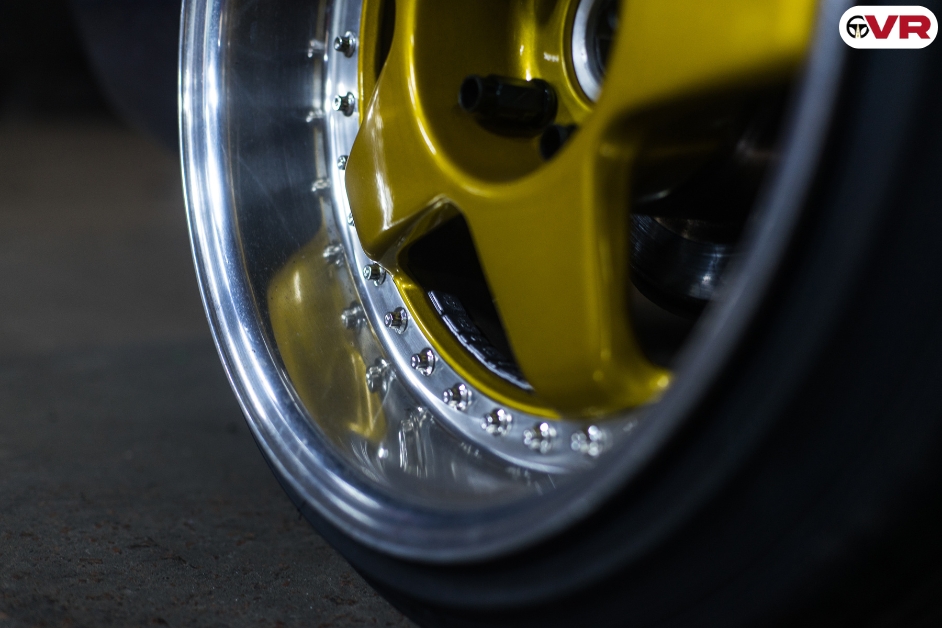
Three-Piece:
The ultimate in lightweight performance and customisation. Given that the spoke, centre disc, and rim barrel are independent components, three-piece rims provide the greatest design flexibility which enables the highest level of customisation and the lightest weight feasible and they are usually reserved for high-end performance cars, are the priciest option, and need expert repair.
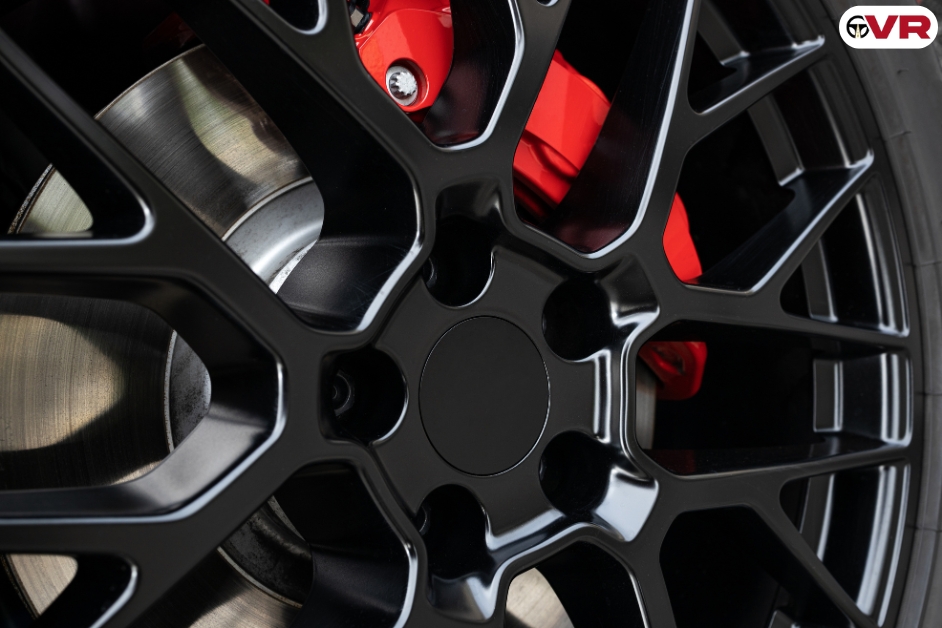
Specialty Rims
Split Rims:
It is designed to fit heavy-duty automobiles, such as buses and trucks and split rims consist of two or three pieces that can be detached to make massive tyre changes or repairs easier. They are more popular in passenger cars and heavier, even if they are useful for larger vehicles.
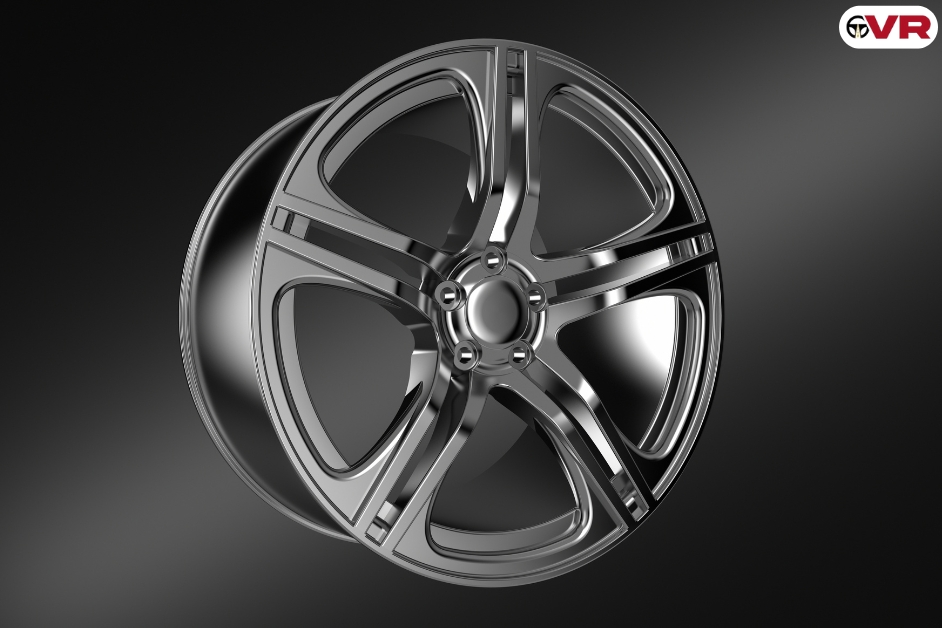
Beadlock Rims:
It is important for those who enjoy off-roading and with the locking ring on beadlock rims, the tyre bead is clamped even more firmly to the rim, increasing traction and averting tyre blowouts during intense manoeuvres. However, not all places may allow their intricate design on the streets.
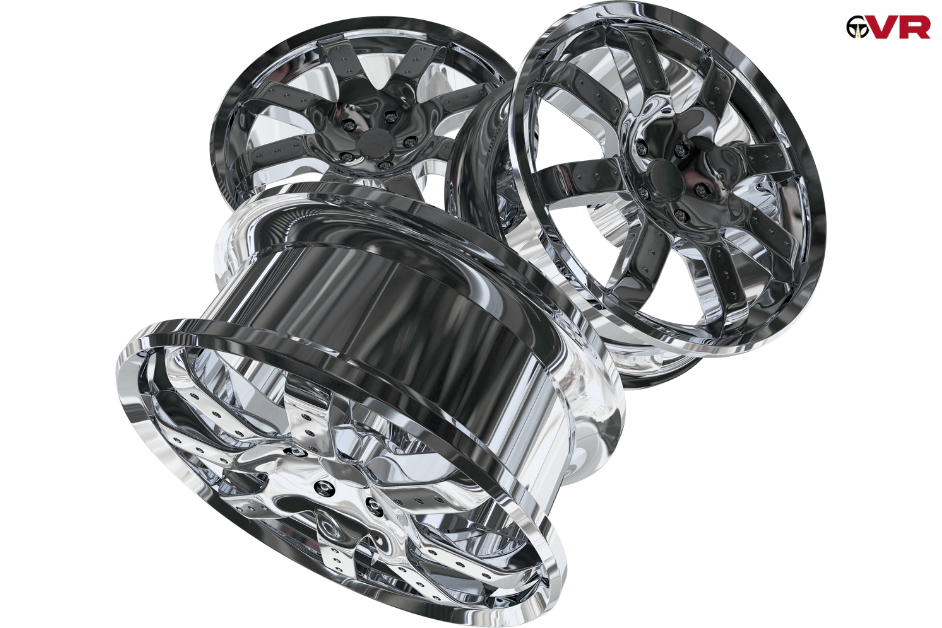
Chrome Rims:
A chic update for a timeless style and it provides the appearance of being bright and reflective because they are really steel rims with a chrome finish. Although chrome plating is unquestionably fashionable, it can scratch more easily and be less resilient than other finishes.
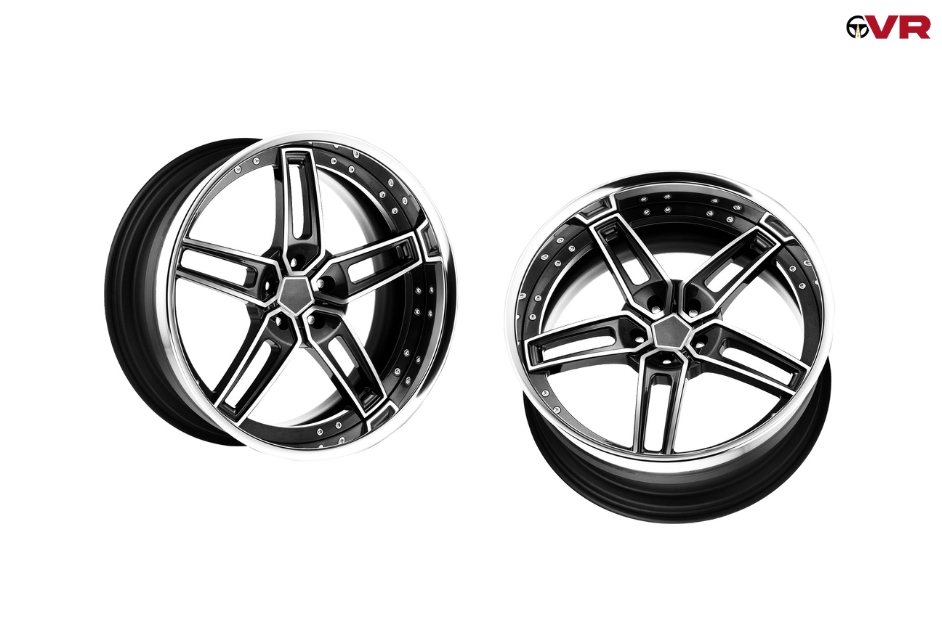
Demystifying the Drive: How Different Car Rim Work
Here’s a breakdown of how rims work in conjunction with other parts:
Holding the Tire:
- The rim’s U-shaped design cradles the tire’s inner bead (the edge that fits onto the wheel). This secure fit is crucial for proper tire inflation and maintaining the wheel’s round shape.
Distributing Weight:
- The rim acts as a base that distributes the weight of the car and passengers evenly across the tire which ensures optimal contact with the road surface for grip and handling.
Heat Dissipation (Depending on Material):
- Aluminium rims, due to their better thermal conductivity, can help dissipate some heat generated by the brakes during operation and can be beneficial for overall brake performance.
Aesthetics:
- The rim’s design plays a significant role in the overall appearance of the wheel. Spoke patterns, finishes (paint, chrome, etc.), and size all contribute to the car’s visual style.
Rim Interaction with Other Wheel Components:
- The rim connects to the centre hub (the part that attaches to the axle) via the spokes. These spokes transfer power from the engine to the wheels and help maintain the wheel’s structural integrity.
Types of Rims and Working Considerations:
While all rims share the basic functions mentioned above, some specialty rim types have additional working aspects:
- Split Rims: The two or three-part design allows for easier separation during repairs or tire changes on large, heavy-duty vehicles.
- Beadlock Rims: The locking ring mechanism creates an even tighter seal between the tire and rim, crucial for off-road driving where maintaining tire pressure under extreme manoeuvres is vital.
Conclusion
Aluminum Alloy Rims
Advantages:
- Lightweight: It is lightweight as compared to other types of rims.
- Heat Dissipation: It has better heat absorbance quality which reduces risk of braking.
- Aesthetics: It is available in a variety of designs which gives a premium and classic look.
- Performance: Lightweight and design flexibility gives high performance and it reduces fuel consumption.
- Corrosion Resistance: It is less prone to rust and corrosion.
Disadvantages:
- Cost: They are more expensive than steel rims. However, their benefits often justify the higher price.
- Durability: While generally strong, they can be more prone to bending or cracking under severe impact compared to steel rims.
Best For:
- Everyday driving
- Sports cars
- Aesthetics
Conclusion
Aluminium alloy rims provide an excellent balance between performance, durability, and aesthetics, making them the best overall choice for most of the drivers as compared to other types of rims. Their advantages in weight, heat dissipation, and design options provide benefits to a broader range of needs, from daily commuting to high-performance driving. While they may come at a higher initial cost their benefits in enhancing car performance and appearance make them a worthy investment in rims.







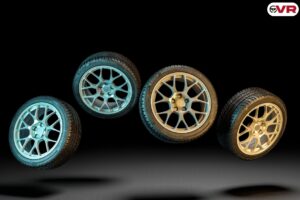
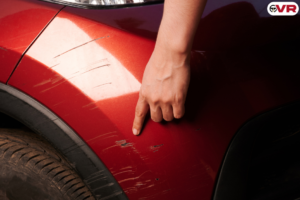
Leave a Reply